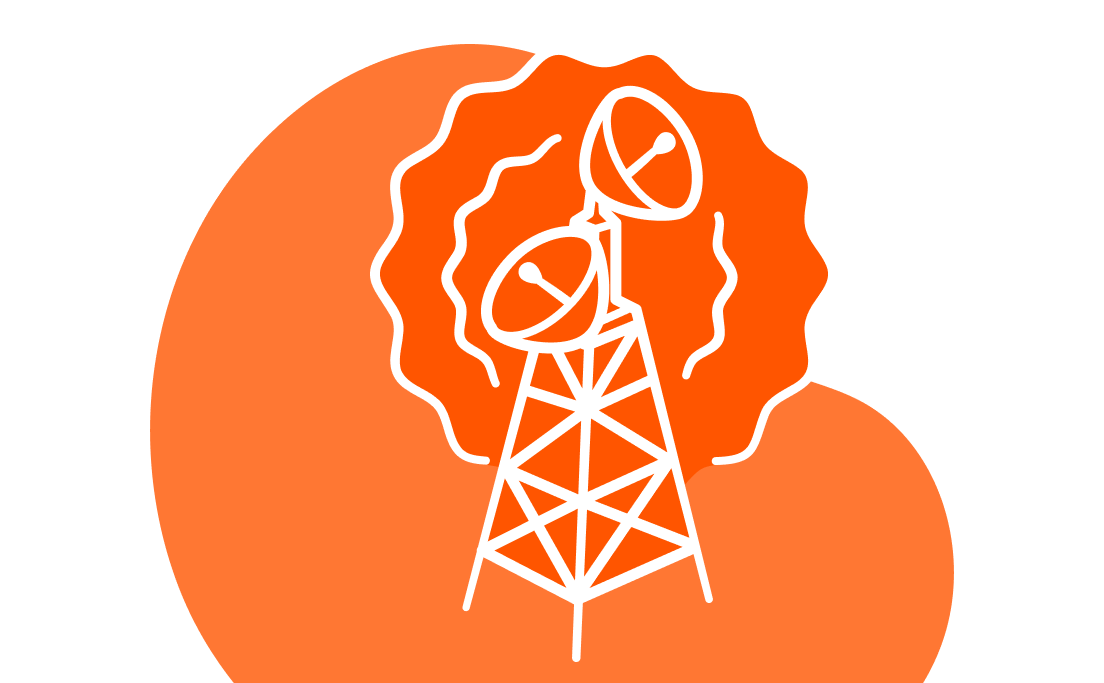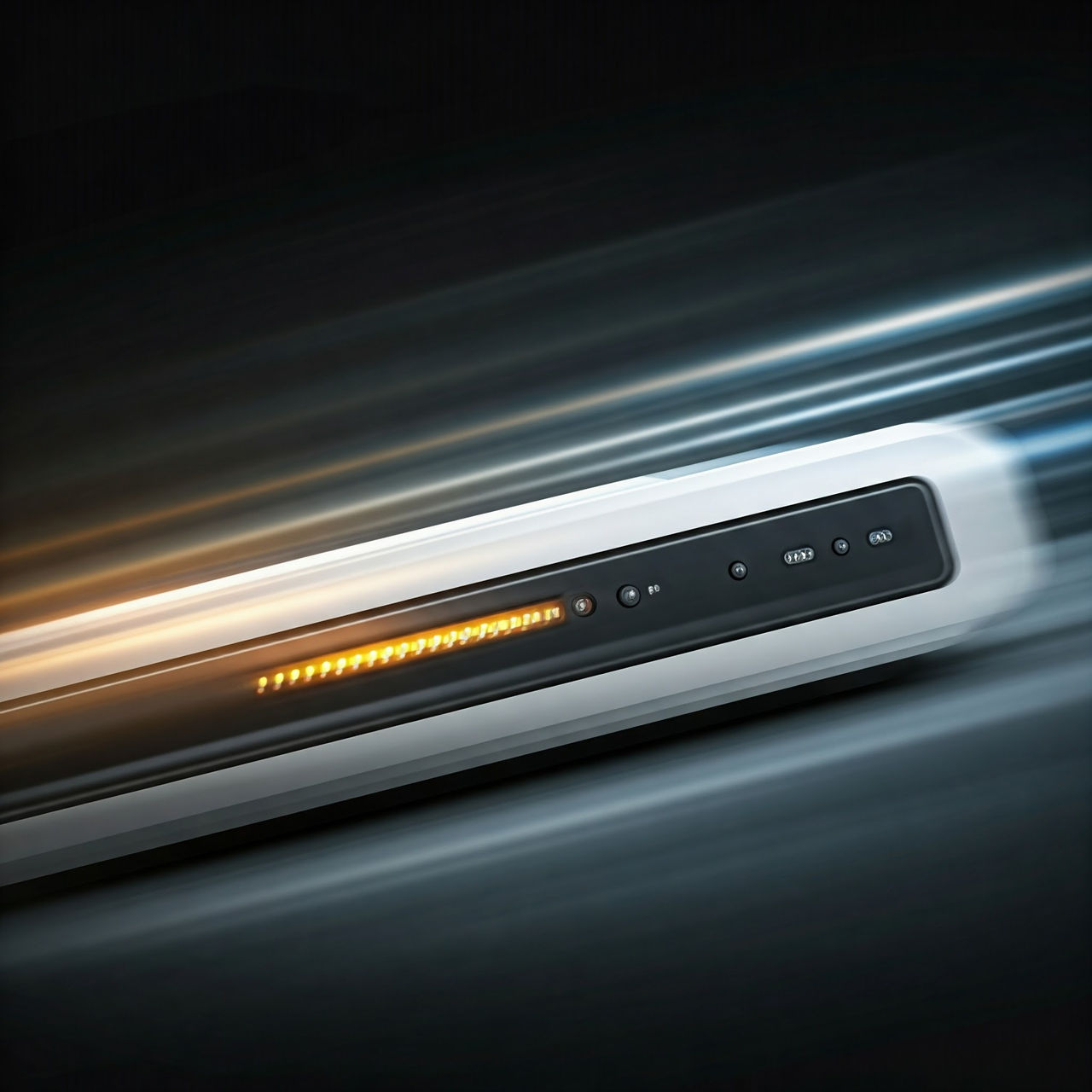
5G Speeds: Everything you need to know
21 June 2024
How fast is 5G? Speed, Connectivity & FAQs
What does the ‘G’ in 5G stand for? No, it’s not a techie term, it’s simply short for ‘generation’. So, 5G is the fifth - and latest - generation of mobile networks.
One of the big selling points of 5G is that it’s fast. Like really fast! So, let’s look in detail at 5G speeds, as well as everything else you need to know about 5G in Australia.
How fast is 5G in Australia?
Speeds of 5G can be up to 20Gbps (that’s 20 gigabits per second). That’s compared with around 1GBps for 4G connections, so we’re talking about 5G speeds being 20 times that of 4G.
There’s even a chance of higher speeds in the future, to the extent that 5G might end up faster than NBN speeds (which often run around 100 Mbps).
A note of caution before you get too excited, these phenomenally fast speeds won’t always be the case in practice. And, for many individuals, that level of speed simply isn’t needed (or isn’t worth spending money on).
5G in Australia: a history
The first technical trials of 5G in Australia were conducted back in 2016. The first 5G compatible devices hit the market in 2019, though there were only some areas covered by the 5G network at that time.
Sometimes looking back can help us understand the present (and look forward to the future). Optus has created this handy summary of the generations to date:
1G - Analog voice (1979 - 1991): Though this first generation of wireless technology was an amazing addition to our lives, it was purely about voice.
2G - Digital voice (1991 - 1998): Text messaging was added to voice transmission.
3G - Mobile internet (1998 - 2002): Video calling started to be a thing!
4G - Faster than 3G (2008 - present and foreseeable future): Faster connectivity used by mobiles and home internet to the extent of allowing full HD video quality.
5G - Full connectivity (2019 - present): Connecting the whole Internet of Things, including AR and VR applications.
5G in Australia: what you need
Coverage for 5G is continuing to expand through Australia with most of the country likely to have coverage by mid-2025. You can look up your location here.
To use the 5G network, you need to have three elements in place:
- A 5G compatible device.
- To be in an area that has 5G coverage
- A mobile or data plan that covers 5G (check out amaysim’s plans right here).
5G in Australia: safety concerns?
5G operates just like the 4G network, however 5G uses radio waves at a higher frequency. This fact has led to concern from some members of the public about safety, however the Australian Communications and Media Authority is clear that exposure to electromagnetic energy is no higher than with 4G and are well under safe limits.
5G in Australia: will 5G replace NBN?
If you are one of the Australians who can’t access reliable NBN service, then using the 5G network for your fixed-line internet will likely be a very positive option.
It is possible that 5G (and then 6G) networks may ultimately replace the need for wifi and the National Broadband Network, however unless you’re not receiving reliable home internet currently, there’s no need to make any change.
5G in Australia: is 5G the same as 5Ghz?
The terms 5G and 5Ghz seem pretty similar, hey?
Though it’s tempting to assume these two abbreviations refer to the same thing, 5G is totally different to 5Ghz.
As we’ve outlined, 5G simply means the 5th generation of mobile technology.
On the other hand, Ghz is an abbreviation of ‘gigahertz’. So, 5Ghz is a frequency of radio waves that transmits data. It’s mainly used in your home network if you have a compatible wireless router, it helps connect you to a faster WiFi connection.
What are the benefits of 5G?
Though speed has been the biggest selling point about 5G so far, there are other real benefits, including some that are not just about an individual user level but on a wider societal level, including lifesaving technology. It’s all about connecting everything within the Internet of Things!
- Increased speed: 5G’s increased speed, which is significantly faster than 4G means more speed in downloading, streaming and uploading.
- More capacity: 5G was designed in this time of rapidly increasing uses for the technology so it can support up to 100 times the traffic that 4G can.
- Reduced latency: Latency is a fancy word for ‘delay’ and is often referred to as ‘ping’. 5G responses can be as low as 1 millisecond (that’s 1,000th of a second). That compares with around 30 milliseconds for 4G and 100 milliseconds for 3G. On an individual level, that seems like splitting very fine hairs but has a big impact for critical uses like autonomous driving and industrial robotics.
- Efficiency: A big plus is that 5G is more efficient technology than with earlier generations, meaning that there’s more capacity for use and a lower impact on the environment per user.
If you’re keen to get techie, all these benefits are possible because 5G uses something called orthogonal frequency-division mutliplexing, which allows signals to be modulated across more than one channel in order to reduce interference. This is in addition to 5G bringing wider bandwidths by using more frequency bands on the spectrum, including below 6 GHz (gigahertz).
There are other tech-heavy elements like ‘beam steering’ and massive MIMO (multiple input - multiple output) that mean more devices can use the network without overload. If you’re interested, you can see more at EMF Explained.
Download speed with 5G
Let’s come back to speed.
Theoretically, the maximum download speed of 5G can get up to 10 Gbps (that’s 10 gigabytes per second). That’s like 1,000 times the speed that 3G was capable of and means you can download an HD video in just a few seconds.
The actual speed you’ll see from the 5G network on a day-to-day basis is currently more likely to be 100Mbps and above.
Speeds on a real-life basis depend on many factors, including:
- Where you are at the time of using the 5G network.
- The specs of the 5G-compatible device you are using.
- Your 5G network (different providers see different speeds in different locations).
- How many other people around you are connecting to the network (similar to 4G when an entire music festival’s worth of people are all streaming at the same time!), though this will be less of an issue with newer 5G developments.
- Your mobile plan.
However, for the purposes of most individual’s needs, the difference will often not be noticeable (though serious gamers may well notice a difference, particularly with latency or delay).
Remember, 5G is the fifth generation of mobile technology and is designed for high capacity usage above and beyond individual needs.
Looking ahead to the future
What’s coming with 5G?
The first 5G networks leveraged existing 4G network infrastructure. However, another current advance is 5G Stand Alone (SA), which means that the 5G network will operate fully on its own.
New versions of 5G, known by names like 5G Max and 5G Advanced, will increase the coverage across Australia, including to remote areas without current mobile coverage. This option, which is powered by low earth orbit satellites and uses its own ‘millimetre wave’, is starting to become available in selected areas of Australia.
There are even plans afoot for 6G - the sixth generation of mobile networks - but that’s a long way off - think around 2029 or 2030.
With all new advances, it’s inevitable that older technology will no longer work. However, though the 3G network will be decommissioned in 2024, the 4G network will remain for the foreseeable future, so there’s no urgent need for you to replace your phone with a 5G compatible device.
So, in summary, what do I need to do to prepare for 5G?
Other than getting informed (which you can tick off your list after reading this article), you don’t need to do anything urgently.
The 4G network will continue functioning with adequate speeds for most people’s needs for the foreseeable future. However, next time you’re looking to upgrade your phone or review your plan, that’s a great time to check out 5G coverage where you live (use this map) and consider a 5G-compatible phone and a plan that includes 5G coverage.
If you’re ready for 5G, check out amaysim’s amazing 5G plans today!
Important reminders:
- 5G is available in selected areas (excluding the Northern Territory).
- To access 5G, you need to have a 5G capable device and coverage.
- Both 4G and 5G coverage will vary depending on your device and location. Check coverage.


